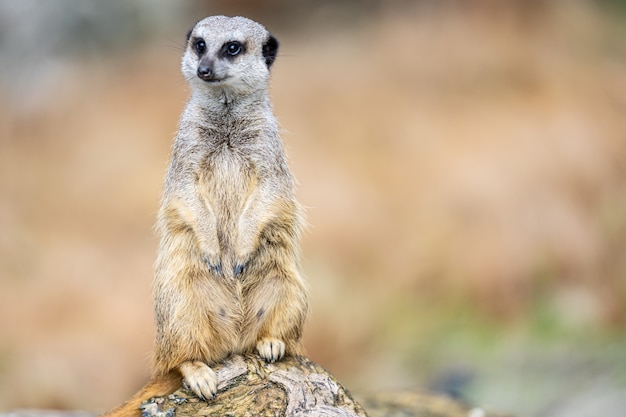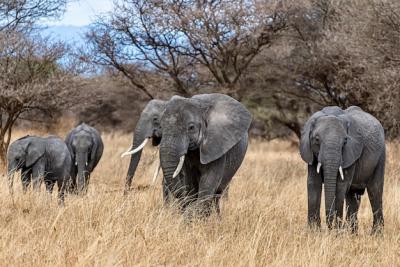Meerkat (Suricata suricatta): A Unique Member of the Mongoose Family – Free Stock Photo, Download for Free
Understanding the Meerkat: Suricata suricatta
The meerkat, scientifically known as Suricata suricatta, is a fascinating and social creature that belongs to the mongoose family. Found primarily in the deserts and grasslands of southern Africa, these small carnivorans have captured the hearts of many with their unique behaviors and charming appearance.
Physical Characteristics of Meerkats
Meerkats are small, standing about 12 to 14 inches tall. Their slender bodies are covered in a coat of fur that is mostly sandy or light brown, which helps them blend into their arid surroundings. A few key features include:
- Eyes: Large and dark, providing excellent vision for spotting predators
- Tails: Long and muscular, used for balance and communication among the group
- Paws: Strong claws perfect for digging and foraging
Social Structure and Behavior
One of the most interesting aspects of meerkats is their complex social structure. These animals live in groups called mobs or gangs, typically consisting of 20 to 50 members. Within these groups, meerkats display various behaviors that highlight their social nature:
- Cooperative Care: Group members help take care of the young, ensuring their survival.
- Sentinel Duty: While others forage for food, certain meerkats take turns keeping watch for predators.
- Communication: They use a variety of vocalizations and body language to communicate with each other.
Diet and Foraging
As omnivores, meerkats enjoy a varied diet. Their primary food sources include:
- Insects such as beetles and grasshoppers
- Fruits and berries
- Small vertebrates including lizards and rodents
Meerkats are known for their impressive foraging skills. They often dig in the sand to find hidden insects and are also very attentive when searching for food, always on the lookout for potential threats from predators.
Habitat and Adaptations
Meerkats thrive in arid regions, particularly in the Kalahari Desert and adjacent areas. Their adaptations to this environment include:
- Burrowing: They create complex underground tunnels that protect them from harsh weather and predators.
- Temperature Regulation: Meerkats are highly active during the cooler parts of the day, which helps them avoid the extreme heat.
Conclusion
The meerkat is more than just an adorable creature often seen standing atop its hind legs; it is a remarkable example of social interaction and survival in a harsh environment. Through their cooperative behaviors and adaptations, meerkats hold a significant place within the ecosystem, making them a joy to observe and study. With their playful nature and strong family bonds, itâs no wonder that meerkats have become a favorite among wildlife enthusiasts.












